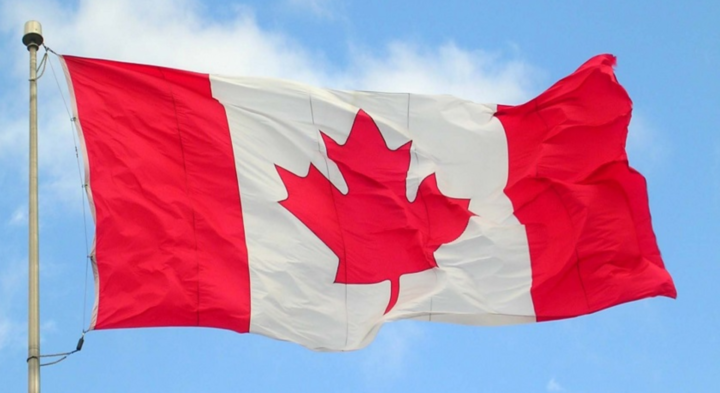Canadians are heading to the polls today (Monday) to elect a new government amid growing tensions with the United States and renewed trade pressures under President Donald Trump.
The Liberal Party, now led by Prime Minister Mark Carney, was initially projected to suffer a heavy defeat against Conservative leader Pierre Poilievre.
However, a surge of anti-Trump sentiment across Canada has tightened the race considerably, making the outcome too close to call.

Carney, 60, a political newcomer who replaced Justin Trudeau last month, has leaned on his extensive financial credentials — having previously served as governor of the central banks in both Canada and the United Kingdom — to position himself as the leader best suited to handle Canada’s strained relationship with Washington.
Throughout the campaign, Carney urged Canadians to lessen their economic reliance on the U.S., warning that Trump’s America “wants to break us, so they can own us.” He pledged to strengthen internal trade and expand global partnerships.
“We don’t need chaos, we need calm. We don’t need anger, we need an adult,” Carney said in the campaign’s closing days.
Meanwhile, Poilievre, 45, focused his message on domestic issues, blaming the Liberals for a decade of soaring living costs, rising crime rates, and a housing crisis. He argued that Carney would represent a continuation of “the lost Liberal decade.”
“You cannot handle another four years of this,” Poilievre told supporters over the weekend, while acknowledging that Liberal mismanagement had left Canada more vulnerable to U.S. pressures.
Final polls suggest a narrow Liberal lead. According to the CBC’s poll aggregator, the Liberals are polling at 42.8% nationally, compared to 38.8% for the Conservatives.
Voter sentiments remain sharply divided. In Quebec, Jeff Sims, 46, voiced confidence in Carney’s experience: “Two central banks under his belt — I think that’s a good pick.”
In contrast, Janice Wyner, a 70-year-old Conservative supporter from Oakville, Ontario, criticized the Liberals: “Trudeau’s policies stunk, and it’s the same party. Canada is just in a mess. I’m worried for my grandkids.”
For many, concerns about U.S. hostility outweighed domestic issues. “The threat coming from the U.S. is my number one issue,” said Nadine Sokol, 41, from near Ottawa.
A Liberal victory would mark one of the most dramatic political turnarounds in Canadian history. Just four months ago, after Trudeau announced his resignation, polls showed the Conservatives leading the Liberals by more than 20 points.
Nearly 29 million Canadians are eligible to vote, with a record 7.3 million already participating in advance polls. Voting began at 8:30 a.m. local time in Newfoundland and Labrador, spanning six time zones across the country.
Canadians are electing 343 members of Parliament, with 172 seats required to form a majority government. The Liberals won a majority in 2015 but have governed with a minority since 2019.
The performance of smaller parties — notably the left-wing New Democratic Party (NDP) and the separatist Bloc Québécois — will also be critical, potentially influencing whether either major party can secure a majority.
Results are expected to start rolling in after polls close tonight.
Support InfoStride News' Credible Journalism: Only credible journalism can guarantee a fair, accountable and transparent society, including democracy and government. It involves a lot of efforts and money. We need your support. Click here to Donate
